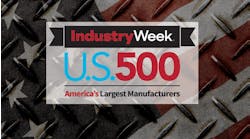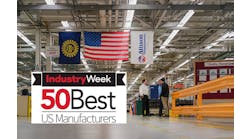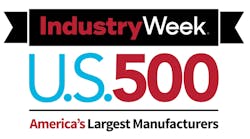The Manufacturers Alliance/MAPI, says that The U.S. Environmental Protection Agency's (EPA) proposal to tighten the nation's already highly ambitious standard for ground-level ozone is neither realistic nor achievable.
In How Much Will Americans Pay To Comply With EPA's Proposed Ground-Level Ozone Standard Garrett A. Vaughn, Ph.D., Manufacturers Alliance/MAPI economist, analyzes the ramifications of the July 2007 "Regulatory Impact Analysis" (RIA). The EPA estimated that even partial compliance by 2020 could cost $27.5 billion annually in 2007 dollars, and manufacturers would bear 70%, or more than $19 billion. The net present value (NPV) of Americans' multi-year cost obligation under the EPA's partial compliance of the proposed standard would be at least several hundred billion dollars, and could easily exceed $1 trillion if the new rules are rigorously enforced.
Vaughn argues that channeling most of the control efforts and associated costs upon a relatively few large manufacturers cannot possibly result in meeting the proposed standard due to a number of factors:
- the same strategy was already exhausted before the current ozone standard gained approval a decade ago, with many areas of the country remaining in noncompliance;
- manufacturers currently account for small fractions of the two principal "precursor" emissions -- nitrous oxides (NOx) and volatile organic compounds (VOCs) -- that contribute to ozone formation;
- the EPA grossly underestimates the total amounts of NOx and VOC emissions needing control; and
- known, affordable control methods can achieve only a small fraction of the needed emissions reductions.
"Previous -- and very expensive -- restrictions have left so few remaining emissions that manufacturers cannot possibly provide more than a small share of the additional reductions needed under the proposed standard," Vaughn says. "Even driving manufacturers' remaining emissions all the way to zero, thereby eliminating U.S. manufacturers' economic viability, would still require motor vehicles, electric utilities and recreational activities to provide the lion's share of reductions. "Instead of reductions by a few big companies that barely register on the public's radar screen, Americans would have to accept major, costly restrictions on their current mobility and lifestyles under the proposed ozone standard," he adds.



